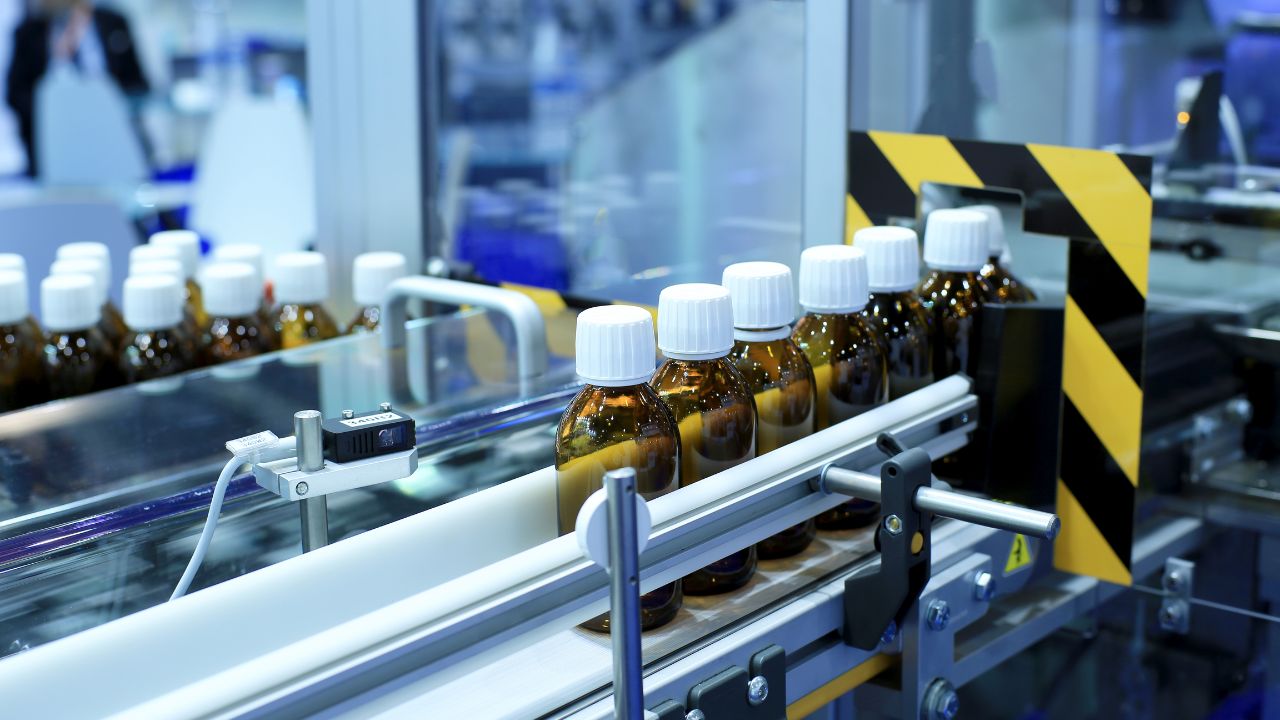The production of pharmaceutical drugs is a closely monitored business that is complex. This needs a lot of attention. Due to the complexity of medicine manufacturing, firms are expected to exhibit compliance with high standards of quality and legal compliance. This article will explore the four essential steps involved in pharmaceutical drug manufacturing: drug mixing, medication coating, serialization, and dispatching.
Foundation of Pharmaceutical Production
Drug mixing is the first and the most basic process of drug manufacturing. This process starts in terms of an existing formulation of the problems to be solved, on which this process is based. In the case of mixing the goal is to properly combine the ingredients to achieve optimum homogeneity and stability of the product. Several factors are of paramount importance to pharmaceutical manufacturers during the mixing process. The quality of ingredients must be impeccable because altogether components used for preparing Cosmetics products should not contain contaminants. The active pharmaceutical ingredients (APIs) are used in formulation and hence it is only important that its quality be controlled to enhance the effectiveness of the drug. Moreover, identification of proportion, correct calibration of the mixing equipment, and homogeneity are also crucial to obtaining proper qualification and similarity of successive batches.
Effectiveness and Shelf Stability
After the mixing process, the other important process in the production of drugs is medication coating. It is important for drug forms that must deliver the drug in a sustained manner or shield the drug from the external environments. Medication coatings can be categorized in several ways: based on the mechanism of the drug’s release and the type of medication. For example, controlled-release coatings are utilized in treatments that require an unceasing discharge of the active material within the drug over a long period while triggered-release coatings may be designed to discharge the drug at certain particular points in the body depending on the temperature of pH level.
Serialization
Serialization is one of the most important processes in the contemporary production of drugs that helps to track the products and their origin throughout the distribution process. As the problem of fakes and counterfeits arises and regulations become more stringent, serialization offers a way to track each product unit. In serialization, a serial number like a bar code number or a Quick Response code number is given to each product. This identifier consists of data like batch number, expiry date of the product, and details about the product. Serialization not only guarantees adherence to international legal norms but also deeply promotes the fight against fraud and the control of the product’s quality, from its production to its delivery.
Pharma Shipping and Supply Chain
The last process is the packaging and distribution of the drugs. This is one of the most sensitive stages in the drug delivery system which needs a lot of effort to ensure that the drug gets to the targeted destination without compromising its quality. Temperature-aware products such as drugs used in cold temperatures require proper packing and shipping provisions in cool environments. This is because the products have to be secured to prevent theft, tampering, or even counterfeiting of the products. To guarantee secure transportation the products are fitted with tamper-evident seals have GPS tracking and undergo regular audits.
Conclusion
Altogether, the manufacture of pharmaceutical drugs is a delicate undertaking and takes many important steps to produce safe, effective, and quality drugs. Starting from drug mixing to medication coating, further serialization, and finally to shipping each step is very important to provide good pharma products to the patients. It is therefore important for manufacturers to ensure that they follow these important steps as well as observe regulatory measures to be in a position to supply the growing market of quality drugs bearing in mind the safety of patients.

